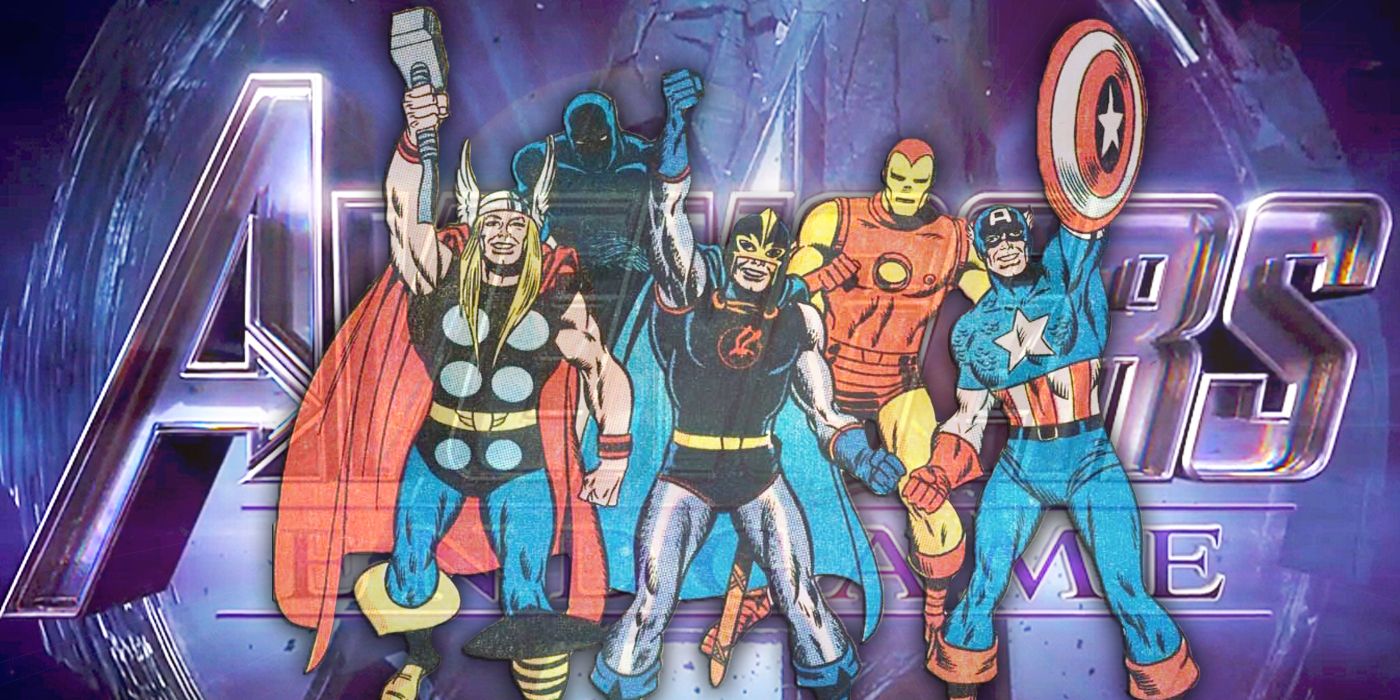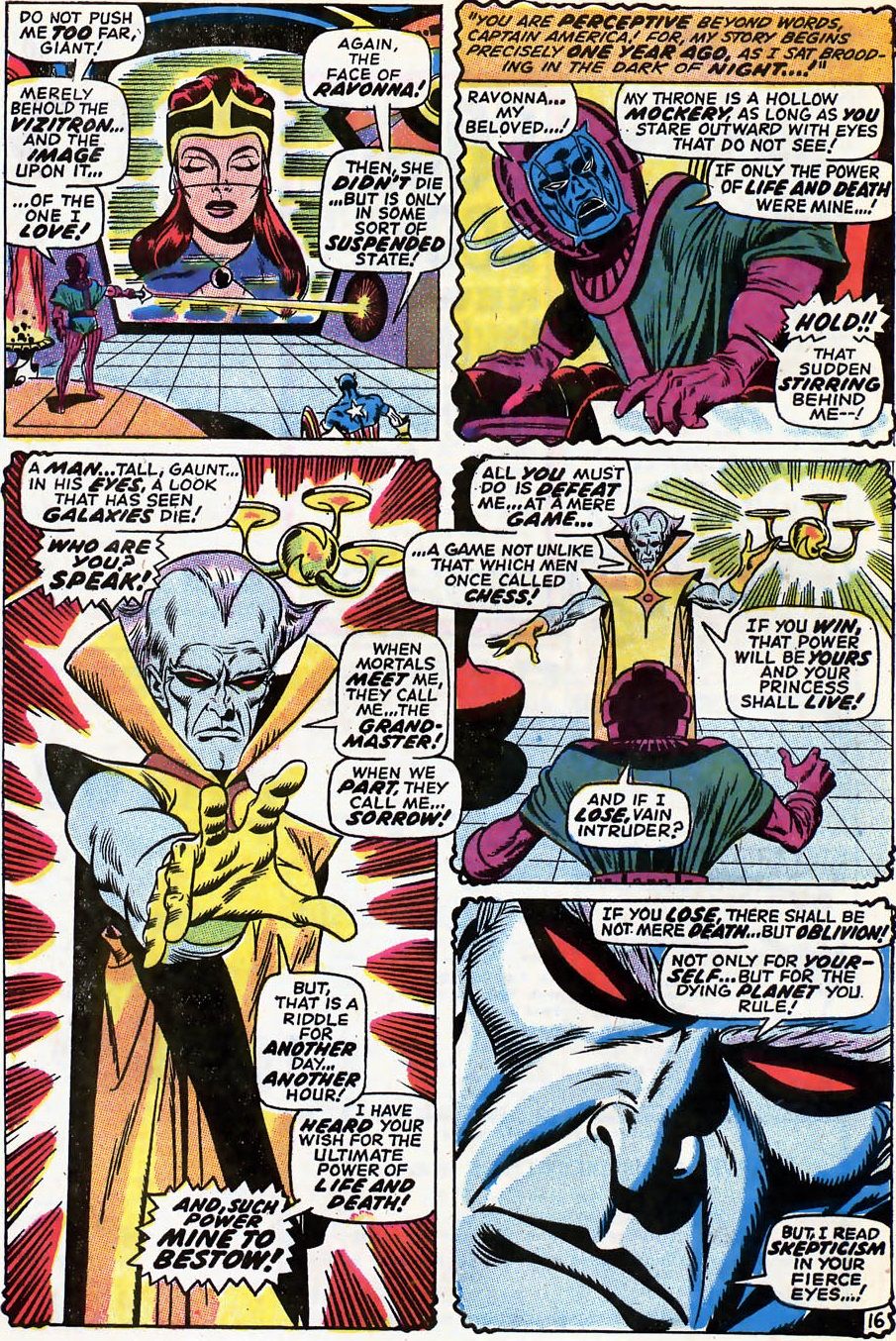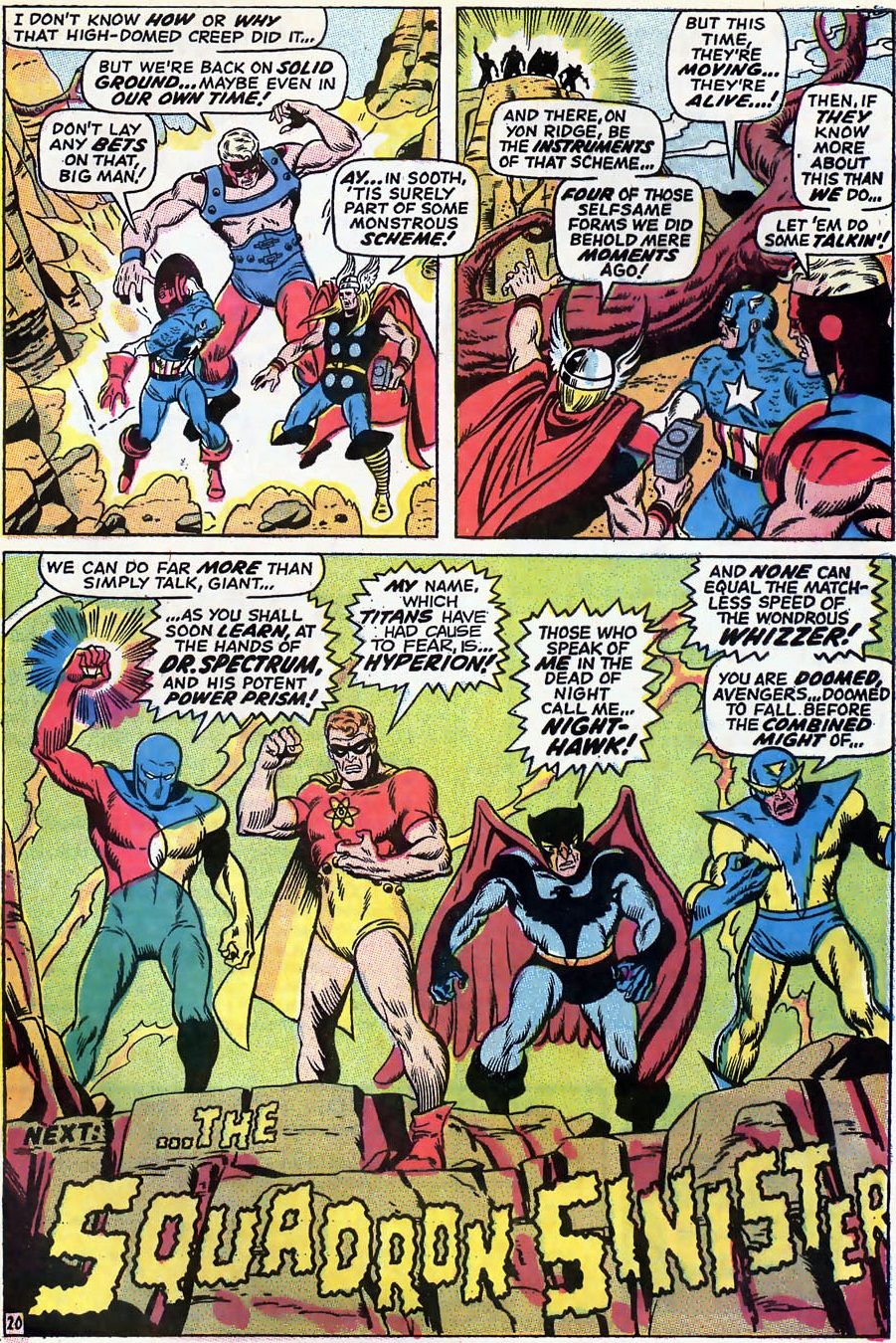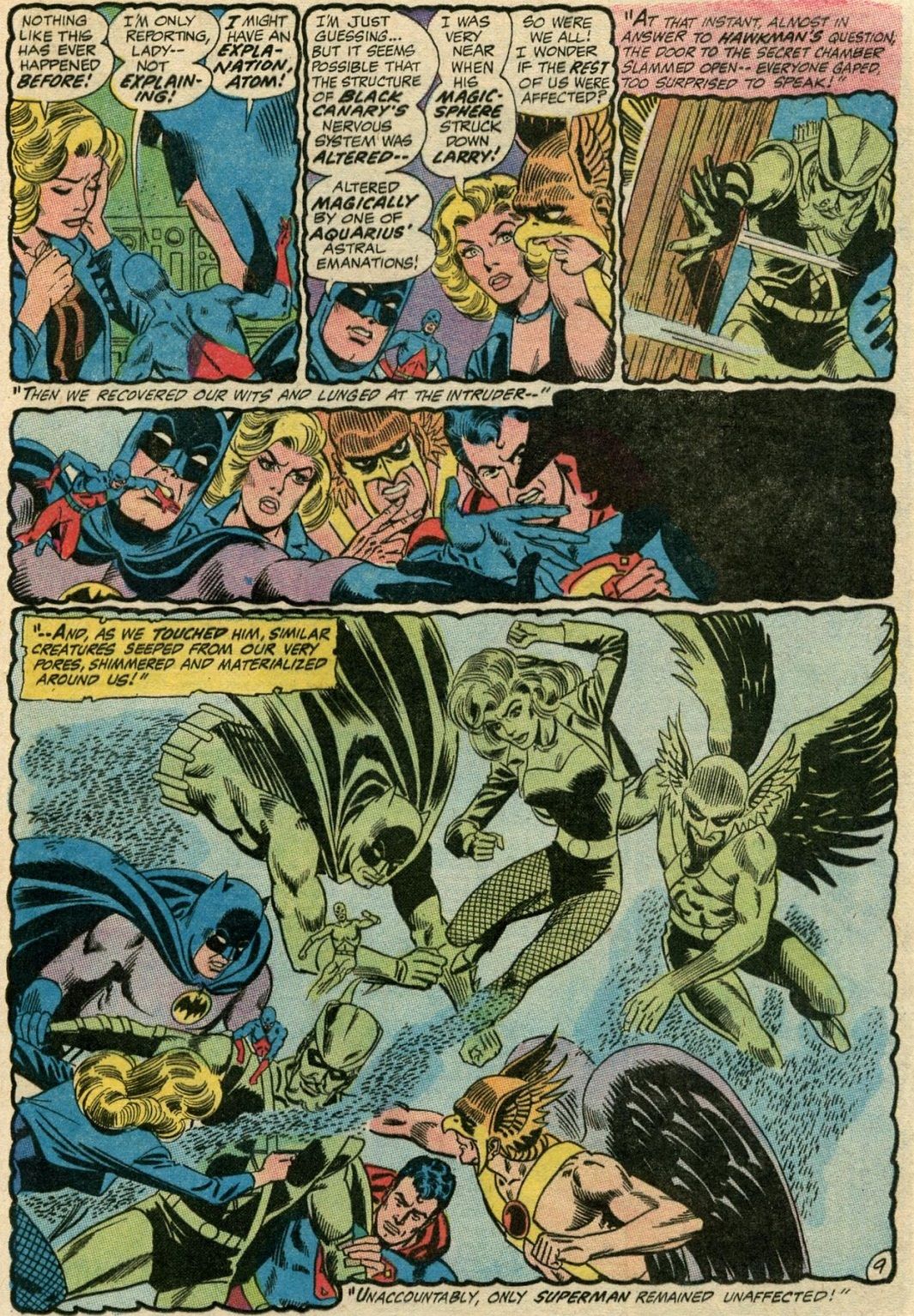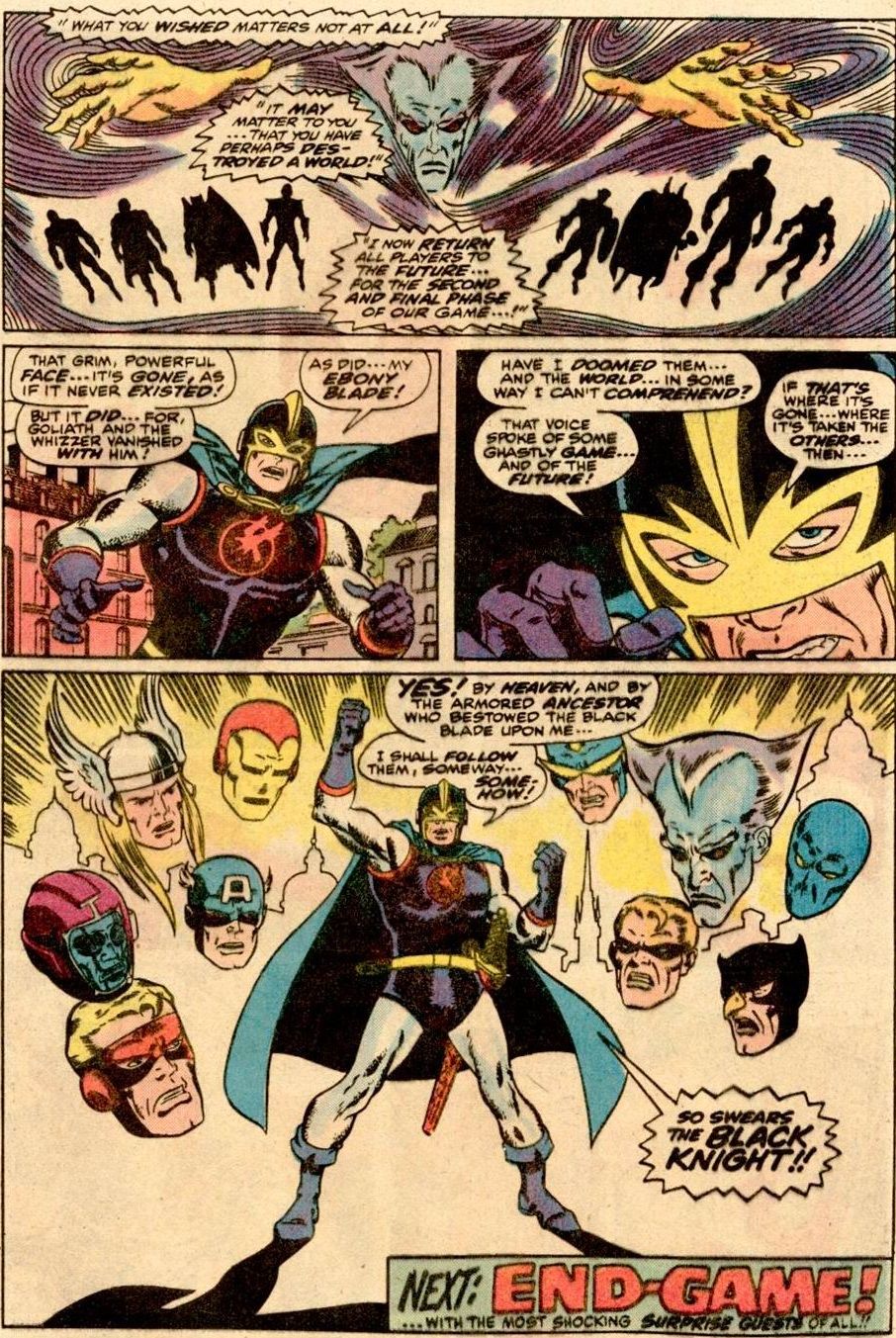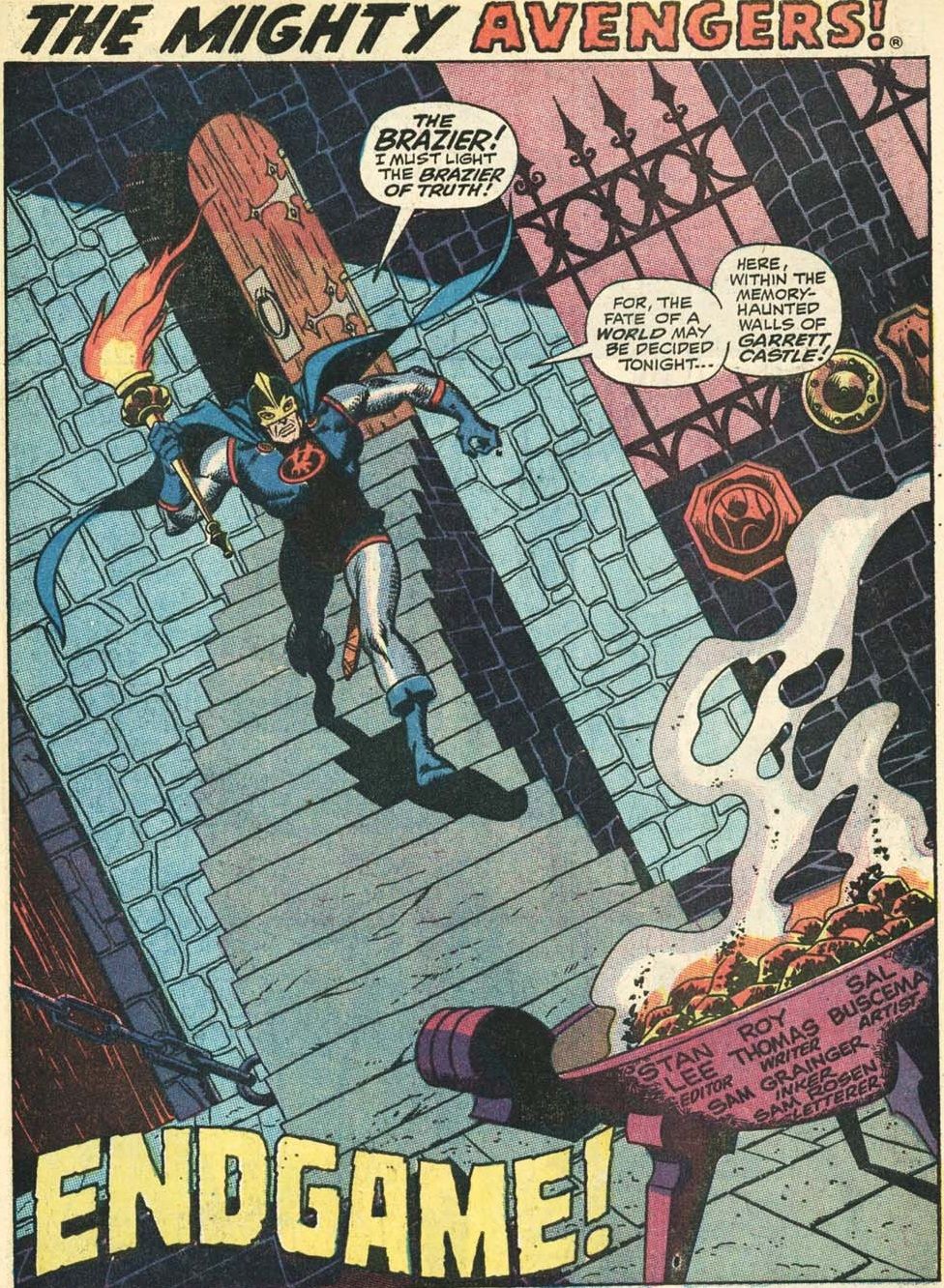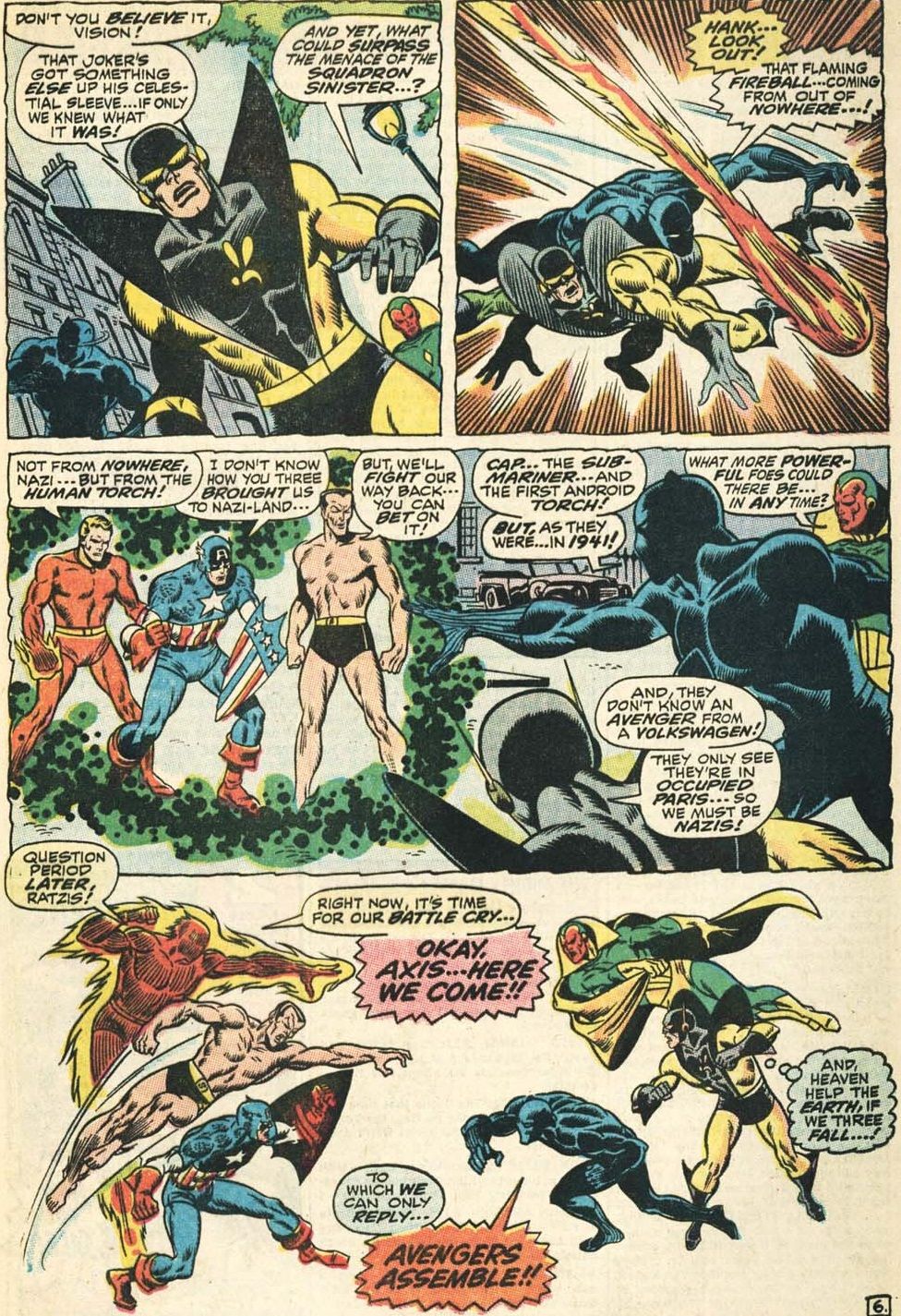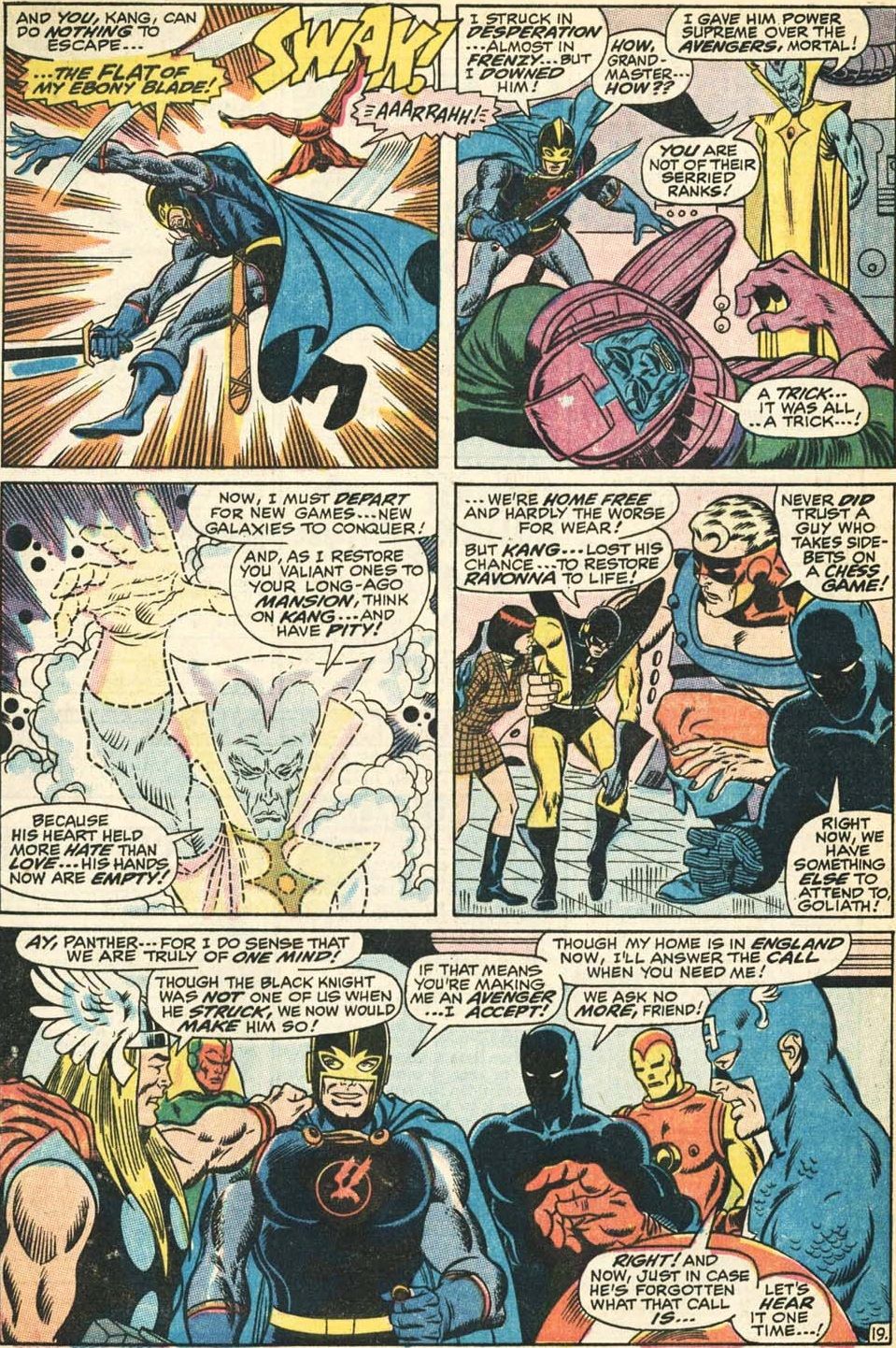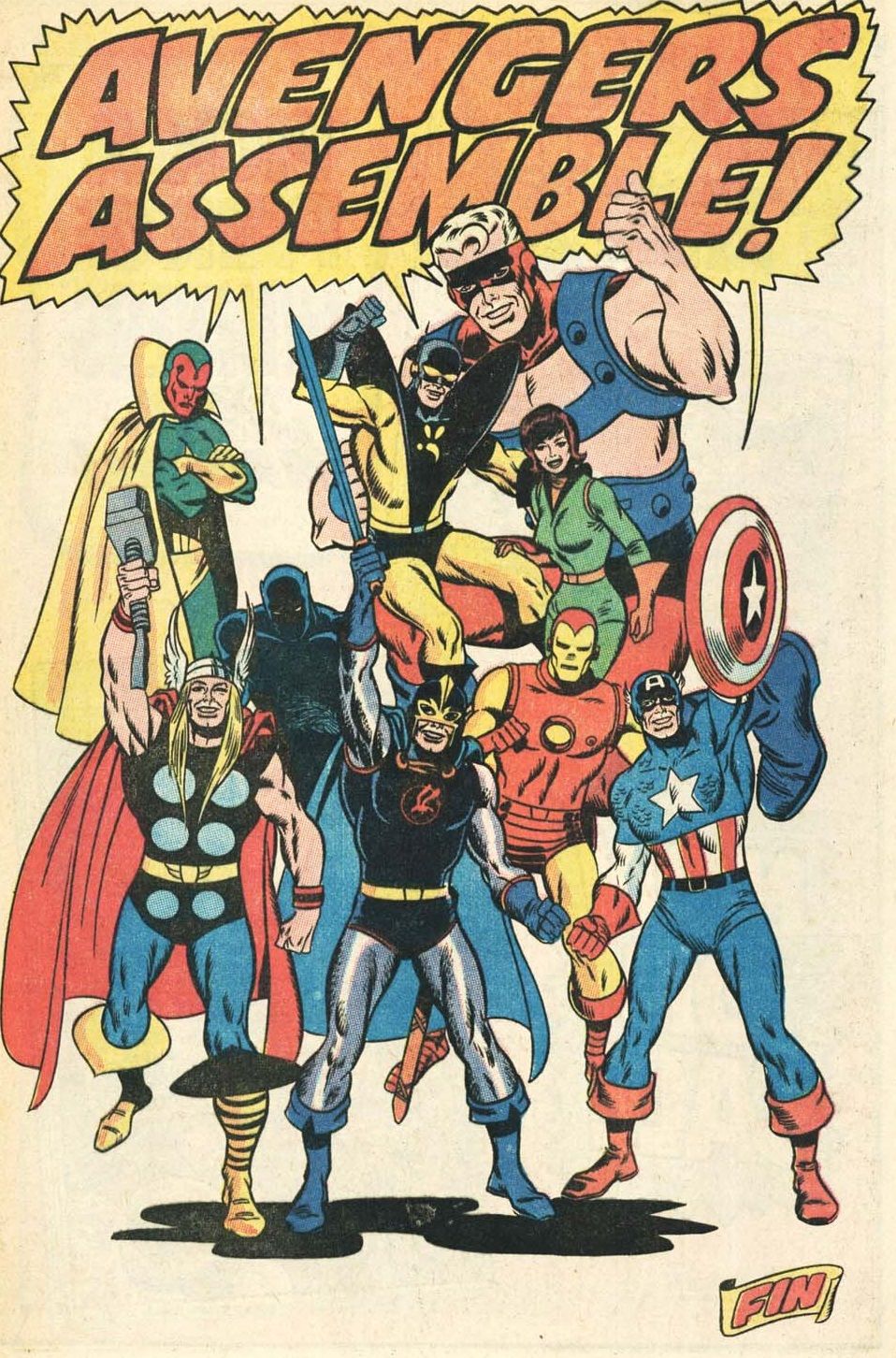When it comes to the future of the Marvel Cinematic Universe, it appears as though the work of Roy Thomas is going to play a major role. Thomas co-created Carol Danvers with artist Gene Colan. Carol is the lead character in Captain Marvel, a film that appears to be about a conflict between the Kree and the Skrulls, which is just the same as Thomas' classic Avengers story, "The Kree/Skrull War," Thomas wrote with artists Neal Adams, John Buscema and Sal Buscema.
As it turns out, even the name of the upcoming Avengers film, Avengers Endgame, might be a bit of a reference to an old Avengers comic book storyline from Thomas' long run on the series, a storyline that involved the first time that the Avengers faced off against...the Justice League?
RELATED: Avengers: Endgame Gave Us the Best Comic Book Movie Teaser, Ever
Roy Thomas' manager John Cimino gave us the heads-up about a recent statement made by Thomas regarding the sequel's newly revealed title. When asked about the name of the new Avengers film, the writer had this to say:
I was surprised and kinda pleased to see that the fourth "Avengers" movie has the secondary title "Endgame." By a weird coincidence, or whatever, it was 50 years ago (in 1969) that I titled an issue of THE AVENGERS "Endgame!" complete with an exclamation point, of course, because that's how we did things in those days. It was the final chapter of a three-part story that saw Kang the Conqueror and a new creation, The Grandmaster, playing a cosmic chess game, using the Avengers on one side--with the brand new Squadron Sinister (ancestors of the Squadron Supreme) and then the future Invaders (the WWII Captain America, Human Torch, and Sub-Mariner) on the other.
Back in junior high in Missouri, I'd taught myself to play chess from an encyclopedia... and that's where the phrase "endgame" comes from, of course. Chess has "openings," "middle game," and "endgame." The "Grandmaster" name came from chess, too, since that's the highest rating (except for being world champion) that one can have in the game.
Chances are, though, that nobody will ever make a movie using the chess-derived title I used in a 1970s FANTASTIC FOUR issue: "Zugzwang." Don't ask!
The storyline Thomas is referring took place over Avengers #69-71 in 1969, written by Thomas with artwork by Sal Buscema and Sam Grainger. The story opened with the Avengers being captured by their old enemy, Kang the Conqueror, and taken to his palace in the future. All of the regular members of the Avengers at the time were present, namely Captain America, Thor, Iron Man, Goliath (Hawkeye during a stint where he used Hank Pym's growth serum), Yellowjacket, Vision and the Wasp. Kang also brought in reserve member, Black Panther, for the fun. Once there, they discovered that Ravonna, the love of Kang's life, was being held in a stasis chamber. The Avengers believed that she had died years earlier, sacrificing herself to save Kang after he had briefly teamed up with the Avengers to protect her people from his own conquering army after he fell in love with Ravonna. As it turned out, a new mysterious cosmic being known as the Grandmaster offered Kang the ability to bring Ravonna back to life, but only if Kang's champions, the Avengers, defeated the Grandmaster's champions in battle.
If the Avengers lost, then the Grandmaster would destroy the Earth itself!
At the end of the issue, the Avengers met the Grandmaster's champions - the Squadron Sinister!
The Squadron Sinister were invented as part of an attempt by Thomas and the Justice League of America writer at the time, Denny O'Neil, to do a secret crossover between the Avengers and the Justice League. The Squadron Sinister are each analogues for members of the Justice League. Hyperion is Superman, Nighthawk is Batman, Dr. Spectrum is Green Lantern and the Whizzer is the Flash.
Sadly, DC editorial would not allow O'Neil to exactly hold up his end of the deal, as instead of introducing stand-ins for the Avengers in Justice League of America #75, he could only have the Justice League fight against evil versions of themselves....
with the evil versions subtly being stand-ins for the Avengers, like evil Batman using a garbage can lid as a shield like Captain America or evil Hawkman making obscure comments that only make sense if you realize he is meant to be a stand in for Iron Man ("Why bother to pursue me? I am strong as Iron, Hawkman!" and "You...are obsolete as a vacuum tube, while I am modern as a transistor").
In the next issue, four members of the Avengers are sent back into the past (the Avengers' present) to fight the Squadron Sinister. The first three Avengers win, but while Goliath is struggling with the Whizzer, the hero known as the Black Knight shows up and defeats the Whizzer himself. This violated the rules of the contest!
His simple attempt to be a hero threw the whole fate of the world out of whack!
NEXT PAGE: Experience the Original Avengers: Endgame
Avengers #71, the final issue of the story arc, opens with the page that declared it to be the "Endgame!"...
RELATED: Avengers: Endgame Release Moved to April 2019
With the first round of the game ruled incomplete, the Grandmaster chooses three new challengers. He plucks Captain America, Namor and the Human Torch out of World War II (this was the first appearance of these heroes as the Invaders, only they wouldn't be called the Invaders for a few more years) and has them fight three more members of the Avengers...
In the end, the Avengers win. Since the first round ended in a sort of tie, the Grandmaster gives Kang a choice. Instead of having the power over life or death that the Grandmaster offered him earlier as a prize, he could have one or the other. Save Ravonna or have the power to kill the Avengers? Kang couldn't help himself and he chose to have the ability to kill the Avengers (who had been rescued by the Black Knight, who managed to time travel to the future through his connection to his Ebony Blade, which Goliath had accidentally taken with him back to the future after Black Knight saved him in the previous issue).
Of course, the Grandmaster was sneaky. He gave Kang the power to kill the Avengers, but the Black Knight wasn't technically a member, so when Kang began killing the Avengers, the Black Knight was immune to his power and was then able to defeat Kang and then Grandmaster sent everyone back to their own time. This was all just something to amuse the Grandmaster. The Avengers then inducted Black Knight into their membership...
Now, this was far from the only Marvel superhero comic book that was titled "Endgame," but it was the only Avengers issue with that name. It is unclear whether the film will share any more elements with the comic book story other than the name, but the rumors suggest that time travel will likely be involved in the film, so that could tie in with the time travel from the comic book story. Time will tell just how much of an impact Roy Thomas' "Endgame" has on the MCU's Endgame.

